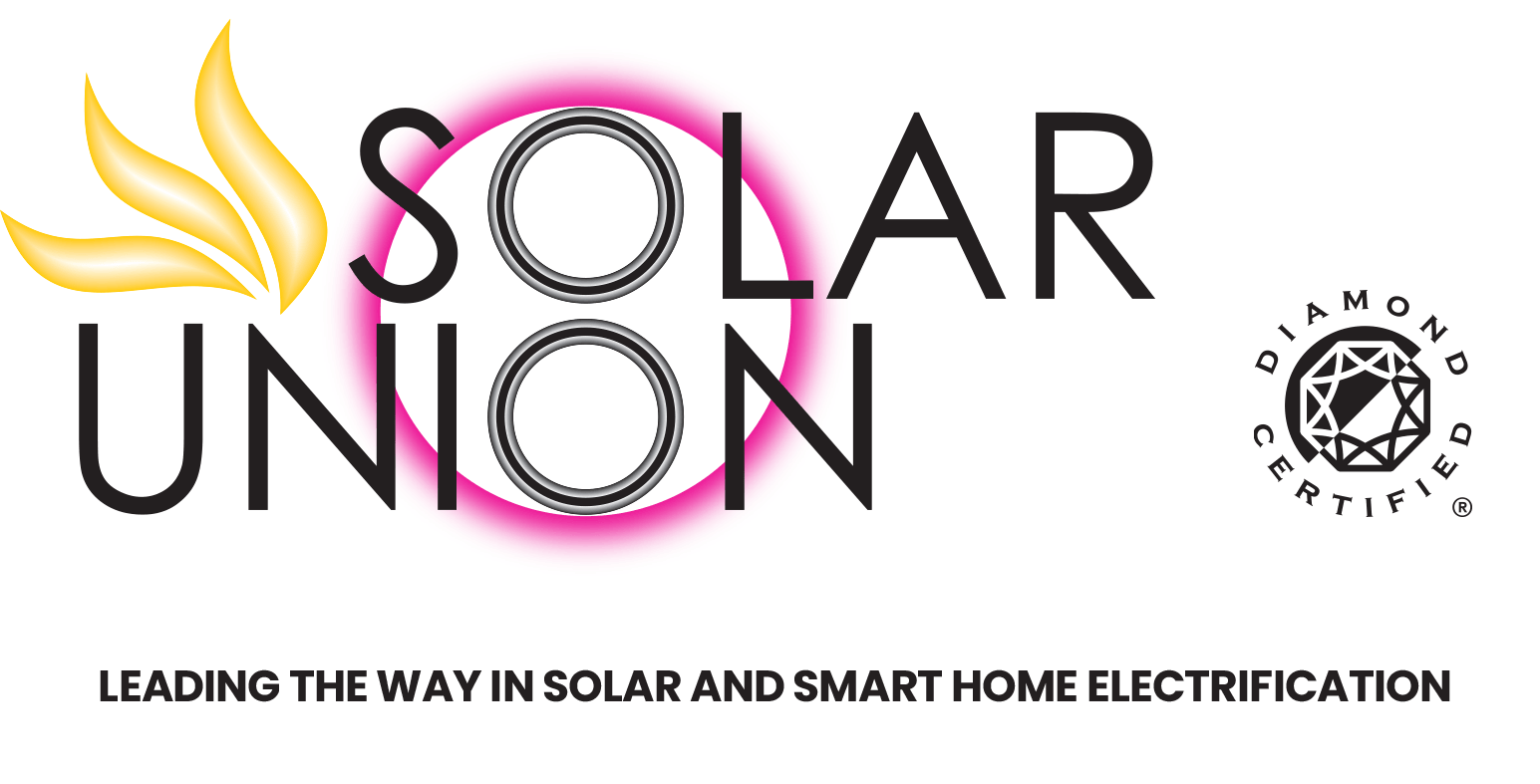AC vs. DC Solar Battery System Types
Battery storage solutions enable homeowners to store excess solar energy for later use. Battery systems, or “Energy Storage Systems" (ESS), are especially ideal in areas like Northern California, where grid blackouts are increasingly common and peak utility rate or “Time-of-Use" (TOU) charges, continue to push later into the evening.
By using the solar energy that was stored during the day, battery systems allow you to maintain grid independence into the evening hours and recharge from solar energy the next day. With a sufficiently sized solar and battery system, a homeowner can achieve virtually zero grid footprint while remaining “grid-tied.”
At this point, your home will become “net-zero,” meaning it produces as much power as it uses. Renewable resources like solar power leave homeowners with a net-zero energy bill because their homes create their own energy! When the grid gets shut down, the Energy Storage System (ESS) provides backup power resiliency.
Your batteries, inverters, and solar panels connect to your home in 2 main ways:
- Alternating current (AC) coupling
- Direct current (DC) coupling
When you consider installing a battery storage system, it is important to know the differences between AC coupling and DC coupling.
What Is AC Coupled Battery Storage?
An AC coupled system has 2 separate inverters:
- The solar PV system
- And the battery system
Do Solar Panels Produce AC or DC?
Each system has its own inverter. The solar panels produce DC solar electricity, which travels from the solar panels to the solar inverter. The solar inverter transforms the DC electricity into AC electricity.
That AC electricity then flows to one of the following places:
- Home appliances for immediate use, providing direct solar consumption for house loads
- The battery inverter, known as the battery energy storage system (ESS), transforms the AC electricity into DC electricity to store in the battery
If home usage is very high, then both the solar inverter and the battery inverter can combine their power output to serve house loads, providing increased backup power capacity during the daytime while the solar panel system continues to produce DC solar electricity.
The ability to draw power simultaneously from both the solar PV system and the battery is a key difference between AC coupled and DC coupled systems.
What Is a DC Coupled System?
A DC coupled system consists of:
- 1 inverter
- A hybrid
- Or an “all-in-one" inverter for both the battery and the solar panels
Direct current (DC) solar electricity travels from solar panels to a charge controller that routes the DC solar power into either the battery or through the hybrid all-in-one inverter. The DC solar electricity is then sent to the house or the grid.
AC Coupling vs. DC Coupling
The critical distinction is that solar energy does not transform from DC to AC repeatedly before the electricity is stored in the battery. Eliminating the multiple DC-AC inversion steps provides DC coupled systems with superior “round trip efficiency,” meaning less energy is lost during the battery storage and retrieval process.
The tradeoff between DC coupled and AC coupled systems concerns increased efficiency (DC coupled) versus a more robust solution with higher power output (AC coupled).
Why Do These Differences Matter?
If you are looking for a storage solution that can handle your home’s full energy load, provide extra power in the daytime during a grid outage, and offer greater resiliency against multi-day outages, SolarUnion’s SMA/BYD AC coupled storage solution is a great choice.
Our SMA solution’s 200A bypass grid contactor backs up the whole house service panel. Its Automatic Backup Unit allows the solar PV inverter to run at full capacity, even during a grid outage. This means that the battery can power your house during a power outage. This system is also expandable, so if you want more storage capacity, our SMA/BYD system is right for you.
SolarUnion’s DC coupled solution uses a separate transfer switch called the Backup Unit Interface (BUI), which allows 200A a whole house backup or a critical load subpanel. The BUI works with SolarEdge EnergyHub and allows for a few loads to be placed on a critical load subpanel.
Homeowners who want greater efficiency from their backup system at the expense of losing combined battery and solar PV power output would find this system ideal. The DC coupled system is limited to the rating of its single, hybrid, or all-in-one inverter, even when the battery is fully charged and the solar output simultaneously produces at full capacity.
Our DC coupled SolarEdge EnergyHub system can be expanded by adding 2 extra inverters that each contain their own battery, which can dramatically boost power output while still retaining the increased efficiency benefits of a DC coupled system.
When you have HVAC or need to add heat pumps to your system, heavy load equipment will not work with the DC coupled system unless multiple inverters are stacked. With the AC coupled system, however, it may be possible to run larger loads in backup mode during the daytime.
Both options work very well for their intended purpose and provide homeowners with a degree of energy independence, especially in the face of PG&E blackouts.
SolarUnion is Here to Help
At SolarUnion, we always customize your battery backup project by pairing the battery and software to your specific needs. We specialize in installing whole home energy systems, no matter the size and scope of your space. We have offices throughout California, including San Diego, Stockton, and San Francisco, which enables us to provide expert installation and services to the entire state.
To learn more about these systems and determine which one is right for you, call SolarUnion at (888) 815-6633 or contact us online to speak with our licensed, bonded, and insured solar experts today.

